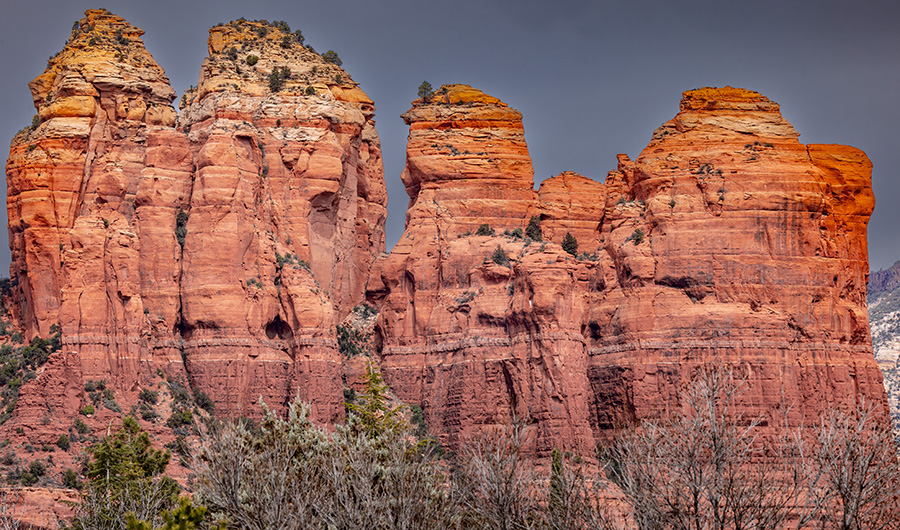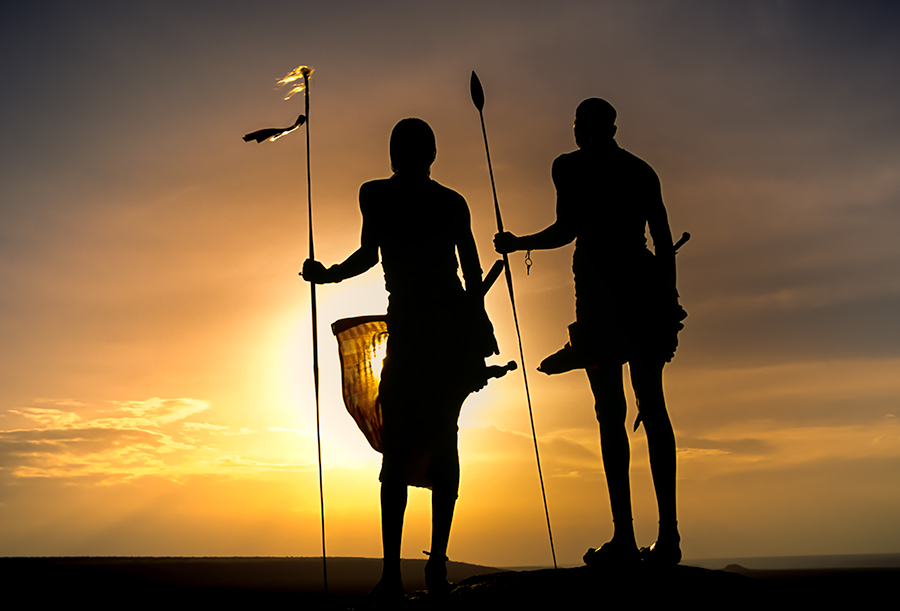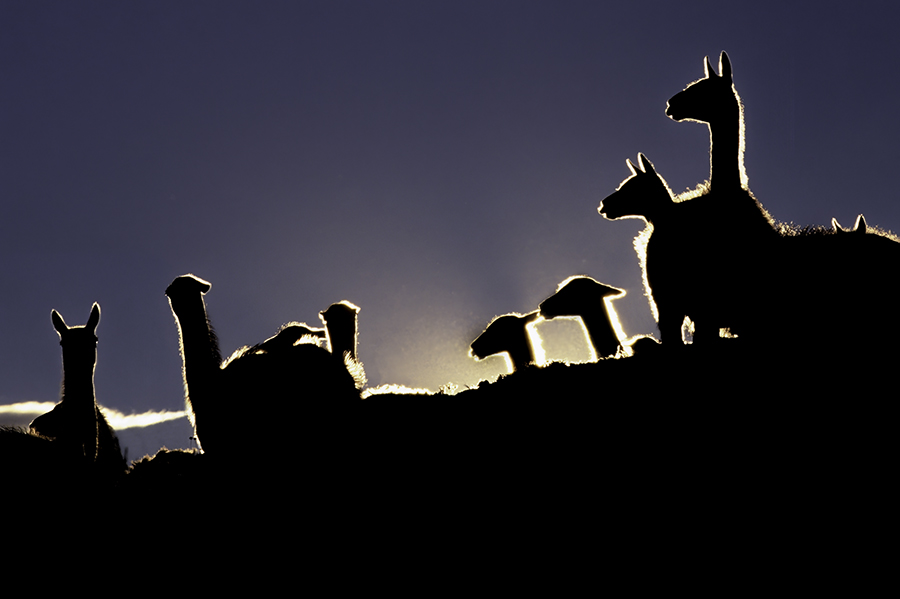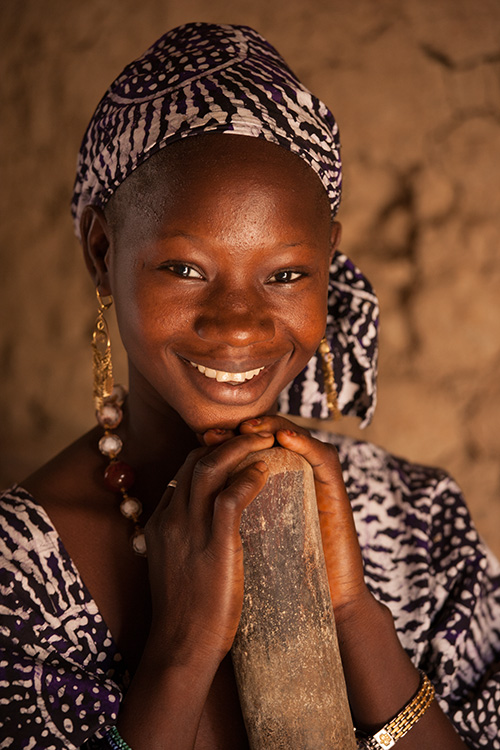Technique Tuesday – Angles of Light!

Working with light is the very definition of what a photographer does, and to that end it’s important to keep the various approaches and angles of light in mind to ensure you’re emphasizing what’s important to you or an essential aspect of the subject you’re capturing.
Here are a few examples of the types of lighting I consider while shooting a subject.
Front Lighting:
Front lighting is a common but difficult angle to work with. With the light coming from behind the photographer and illuminating everything from the front, shadows can be weak or non-existent as they fall behind the subject. It can also wash out colors as light is reflected directly back at the camera. This overall lack of contrast can create images that look flat, but when used correctly it can also create shots that emphasize colors, textures and patterns in more unified ways than other forms of lighting.

Side Lighting:
Conversely, side lighting provides an obvious falloff from highlight to shadow, resulting in dramatic contrast. This image, from the same location as the previous in Sedona, Arizona shows how two similar shots can look drastically different in two different lighting scenarios, in this case determined by the time of day. Side lighting can help emphasize the volume and overall shape of a subject. It will also emphasize texture quite a bit more than front lighting.

Silhouette (backlighting):
Backlighting can be used to great effect to show the shape of a subject without defining it’s volume when used to create a silhouette. It simplifies the scene, removing unimportant details. This shot of Samburu warriors in Kenya might still be an interesting subject in full light, but as a silhouette the forms of the men and their tools become one.

Rim Lighting (backlighting):
Another form of backlighting very similar to silhouette is rim lighting. This is when the light bleeds around the edges of your subject, creating a halo of light around a darker or silhouetted form. This is achieved by having a light either directly behind your subject, or behind and at a slight angle. This creates a dramatic effect that not only informs the shape of the subject, but begins to hint at volume and texture as the light bleeds over the edge of your subject. The rim lighting on these guanaco in South America hint slightly at their furry texture and brown color.

Reflected Light:
Reflected light is most often used in portraiture to provide soft, even illumination to the subject that helps to diffuse textures. In nature, it most often occurs when sunlight reflects off one surface and illuminates another, such as the walls of a canyon, or light bouncing from a lake to illuminate the forest at it’s edge.

Spotlighting:
Spotlighting is often associated with artificial lighting setups, but when it’s found in nature it can be dramatic and provide a unique look at a subject. I have many shots of tigers in full, even light. This shot stands out as the subject steps into an illuminated pocket of an Indian forest.

Overcast:
Overcast lighting, also known as diffused lighting is one of the more frequently used and successful lighting types. It provides even illumination from light to dark, without creating harsh shadows or blown-out highlights. It does the most to show all aspects of your subject, allowing for detail in light and dark areas that shows texture while still including enough information to identify shape and volume.

Your assignment, should you choose to accept it: Go out and capture a subject or similar subject in two different angles of light, noting the elements that stand out and conversely fall back out of interest in each – feel free to share in the comments below!
For more tips and tricks check out my how-to books, The New Art of Photographing Nature and The Art of the Photograph! Also available as a bundle.


